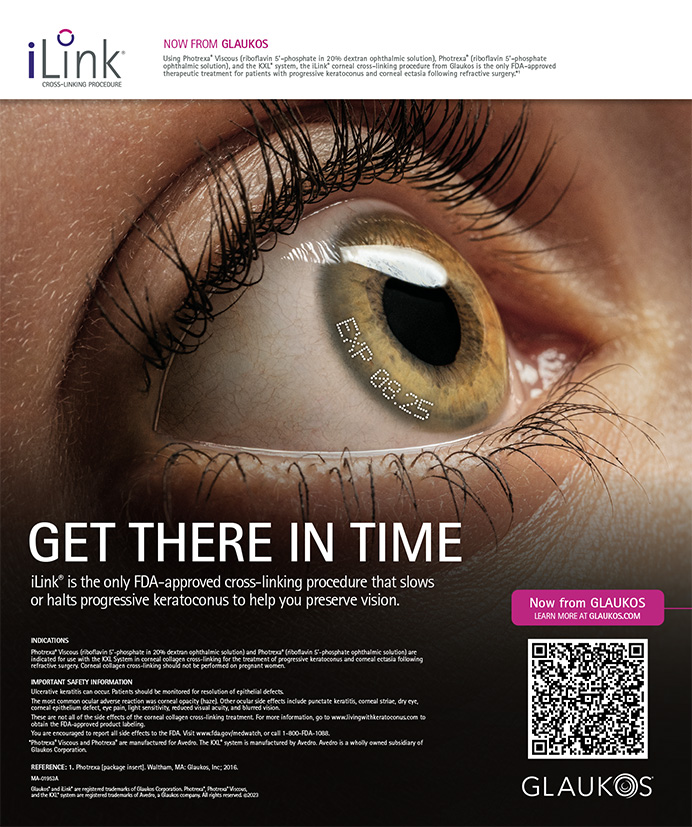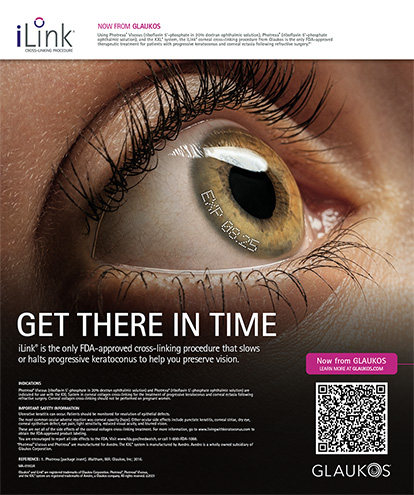
As the field of ophthalmology continues to advance, the role of the cataract surgeon expands and evolves. Our journey into refractive cataract surgery introduced us to a myriad of advanced lasers, lenses, and modalities aimed at providing patients with spectacle independence. At the same time, there is a growing need for us to handle complex anterior segment conditions adeptly. This includes managing IOL exchanges, addressing traumatic cataracts, navigating disease states where the capsule’s integrity is compromised, and tackling intraoperative complications that necessitate advanced IOL fixation techniques.
Historically, an anterior chamber IOL was the primary solution for eyes lacking sufficient capsular support. The potential complications associated with positioning an IOL in front of the iris spurred the development of various techniques for fixating lenses in eyes with minimal to no capsular support. Our field has benefitted greatly from the pioneering efforts of Robert J. Cionni, MD, with capsular tension rings, Amar Agarwal, MS, FRCS, FRCOphth, with scleral-fixated and sutured IOLs, and other innovators. Methods such as the Yamane technique1 have revolutionized our options for IOL fixation.
The variety of fixation techniques in use today shows that no single method is foolproof or universally applicable. The quest for a simple, efficient, and universally applicable technique for scleral IOL fixation continues. It underscores the necessity for continuous learning and skill enhancement, especially for the management of complex cases that challenge even highly skilled surgeons. The importance of additional training cannot be overstated. Online resources, surgical videos, and wet labs at major and smaller meetings are invaluable for mastering complex techniques.
It is fitting here to acknowledge that the ASCRS celebrates its 50th anniversary this year. The organization has been instrumental in fostering innovation and enhancing surgeons’ skills. This issue of CRST not only reflects on advances and challenges in cataract surgery but also honors the ASCRS’s enduring commitment to education and innovation.
The adoption of posterior approaches to the vitreous by anterior segment surgeons, facilitated by smaller-gauge retinal instrumentation, illustrates the evolving capabilities and versatility required of today’s surgeons. With appropriate surgeon training and instruments, these techniques can advance patient care. Let us celebrate the spirit of innovation that the ASCRS embodies. Here’s to another 50 years of pioneering advances, fostering educational opportunities, and pushing the boundaries of what is possible in ophthalmology.
1. Yamane S, Sato S, Maruyama-Inoue M, Kadonosono K. Flanged intrascleral intraocular lens fixation with double-needle technique. Ophthalmology. 2017;124(8):1136-1142.




